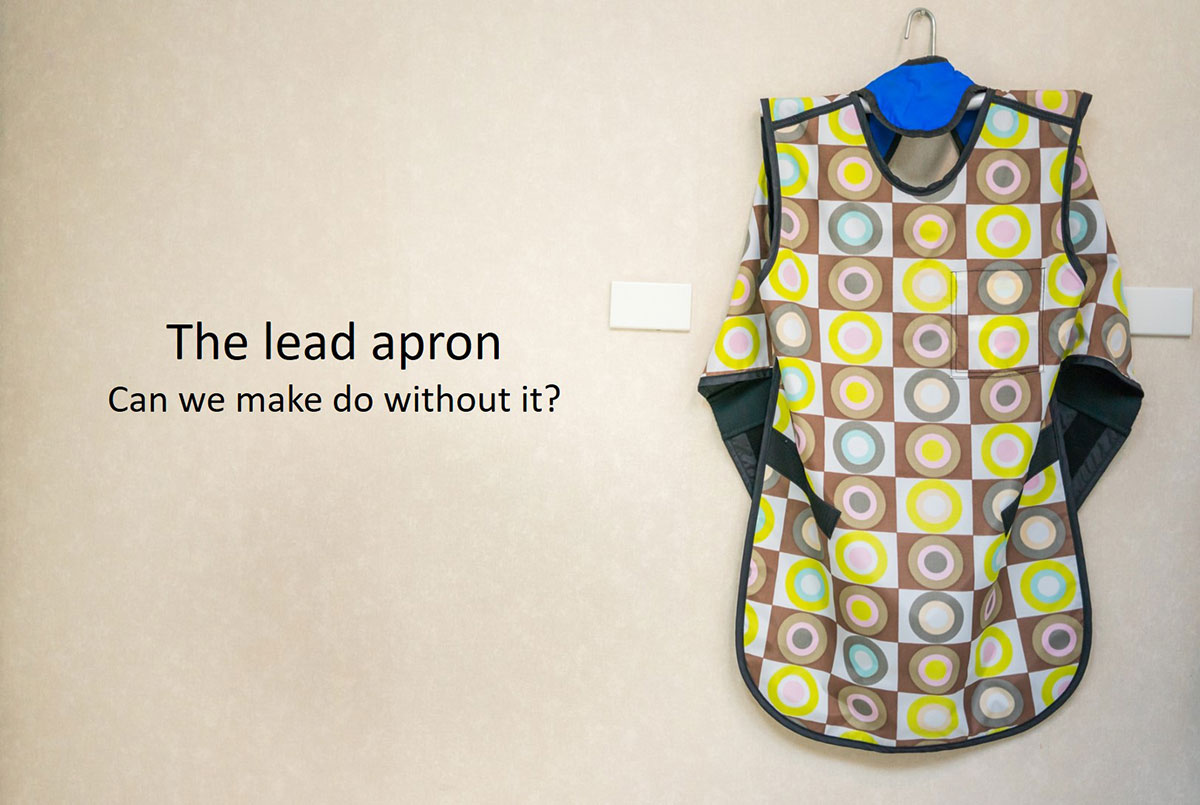The historic logic of wearing a lead apron

To shield or not to shield
Minimising a patient’s radiation dose has always been a standard practice in radiology. There are various ways this can be done, including donning a lead apron. However, studies in the recent years have shown that the use of lead apron may do more harm than good.
In the first place, X-rays exams in diagnostic imaging impose very low levels of radiation and are not high enough to pose any risk. According to a publication by the International Commission on Radiological Protection (ICRP) in 2007, “so far there are no human studies that have direct evidence of a radiation-associated excess of heritable disease.”
Shielding introduces a substantial amount of risk to patient. According to The American Association of Physicists in Medicine (AAMP), American College of Radiology and Image Gently Alliance which promotes safe paediatric imaging, the use of lead apron could pose more harm than good, for diagnostic exams. Shielding can obscure anatomy, resulting in repeated exams and also compromise diagnostic information. In such cases, if the procedure is not repeated the radiologist may lack important diagnostic information; if it is repeated, there will be a substantial increase in radiation dose from repeated X-ray exposure.
In addition, present day X-ray imaging systems use automatic exposure control. The presence of shielding in the field of view can drastically increase X-ray output as the imaging system attempts to penetrate the shield. This leads to an increase in patient radiation dose and degrades image quality.
Over the years, the advances in digital image processing has significantly reduced the amount of radiation dose required to produce a diagnostic quality image. Shorter examination time and better automatic exposure technique in modern imaging systems have made the benefits of shielding negligible.
Recommendations
References
CRP, 2007. The 2007 Recommendations of the International Commission on Radiological Protection. ICRP Publication 103. Ann. ICRP 37 (2-4).
AAPM Position Statement on the Use of Patient Gonadal and Fetal Shielding. American Association of Physicists in Medicine. https://www.aapm.org/org/policies/details.asp?id=468&type=PP¤t=true. Policy Text. 2 April 2019.
Marsh RM and Silosky M. Patient Shielding In Diagnostic Imaging: Discontinuing a Legacy Practice. American Journal of Roentgenology. 2019;212: 755-757. 10.2214/AJR.18.20508. https://www.ajronline.org/doi/full/10.2214/AJR.18.20508





